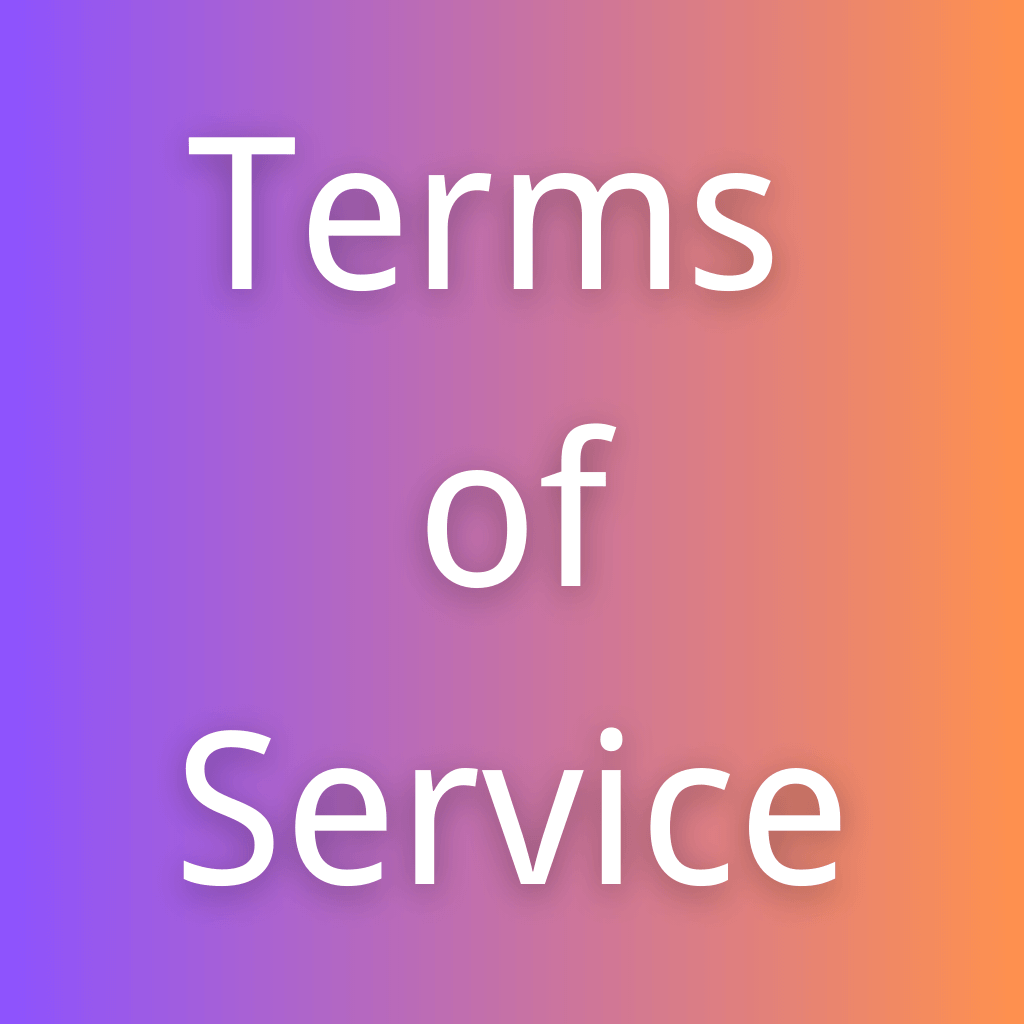Having clear and legally sound terms of service (TOS) is crucial for any WordPress website, regardless of its size or purpose. Well-designed terms keep your users informed and protect you from liability.
In this post, I’ll explain what needs to be included in TOS for a WordPress site. I’ll also share tips to optimize terms for maximum clarity, compliance and protection.
Why You Need Terms of Service for Your WordPress Site
Some WordPress site owners wrongly assume terms of service are optional. But all websites need TOS in place. Here’s why:
- TOS discloses your rules, copyrights, disclaimers and other policies. This limits your liability.
- TOS establishes what uses of your site are permitted or prohibited for users.
- TOS allows you to enforce consequences if users violate rules or terms.
- TOS keeps your site compliant with relevant laws and regulations.
- TOS provides transparency to users about your practices and their protections.
In short, comprehensive TOS gives the legal framework for your WordPress site to operate safely and smoothly. Terms protect both parties by defining expectations clearly. Don’t make the mistake of ignoring this vital component.
Essential Sections to Include in WordPress Terms of Service
While your specific TOS content will depend on your website’s offerings, these sections form the basic framework:
Defining the Contracting Parties
Identify you/your business and users as separate entities entering into a legal agreement. Clearly define “the site” and “terms of service”.
Eligibility Requirements
List any restrictions on who can access your site based on age, location or other demographics.
Acceptable Conduct Standards
Explain prohibited uses of your site, like spamming, illegal activities, harassment, etc. as well as penalties users face if they violate rules.
Intellectual Property Provisions
State your copyrights and policies around sharing, distributing or using your proprietary content.
Disclaimers and Limitations of Liability
Limit legal risks by disclaiming warranties and denying responsibility for third party services, links, ads, content etc. that appear on your site.
Termination Clause
Reserve your right to revoke user access or remove content without notice if terms are breached.
Modifications Clause
Allow yourself flexibility to change terms when necessary in the future.
Governing Law
Specify which national and state laws the terms are subject to based on your location.
Use this framework as a starting point, then customize and expand each section to match your website’s particular offerings and needs. Precision is key – any vagueness leaves legal loopholes.
Tips for Optimized Terms of Service
Writing legally sound TOS is crucial, but well-designed terms also make for better user experience. Apply these best practices:
Use Clear, Concise Language
Avoid confusing legal jargon in favor of plain language that’s easy for users to understand. Write in active voice and avoid unnecessarily complex words.
Organize Logically with Headings
Break TOS into scannable sections and subsections with descriptive headings so users can quickly find relevant parts.
Link Related Policies
Connect your terms of service to other relevant policies like privacy, comments, etc. so users have one unified view of all rules and protections.
Display Last Updated Date
Prominently show the date of the latest version so users know how current terms are. Keeping TOS updated builds trust.
Apply Reader-Friendly Formatting
Use styling like bold text, bulleted lists and ample white space to enhance readability. Avoid dense blocks of unbroken text.
Keep Terms Current
Update TOS whenever your offerings or relevant laws materially change so terms remain compliant. Review TOS at least annually.
Allow User Feedback
Consider user opinions and address concerns to build trust and willingness to accept fair terms. Be responsive to questions.
Make TOS Accessible
Link terms of service clearly in your website’s footer so they can be found on every page. The link text should be descriptive like “Terms of Use”.
Highlight Key Points
Use summary boxes or bolded introductions to reiterate your most important terms upfront. This allows users to skim the key takeaways.
Add FAQ Section
Include a terms of service FAQ section addressing common user questions. This further clarifies TOS and builds understanding.
Provide Multiple Formats
Offer TOS in PDF downloadable and printable form for convenient user reference in addition to on the web page.
Test for Readability
Use online readability tools to assess and improve terms comprehension. Aim for grade 8 reading level. Simplify language where possible.
Optimizing terms for the user experience establishes openness and goodwill. Paired with solid legal protections, well-crafted TOS keeps your WordPress website in the clear. Don’t underestimate their importance!
Let me know if you need any help creating customized terms of service for your WordPress site. I’m always happy to assist fellow site owners in adequately protecting their platform. Your website’s success depends on it.

